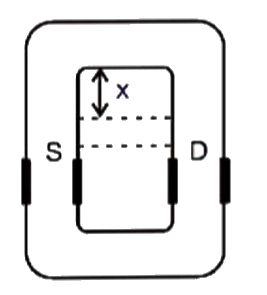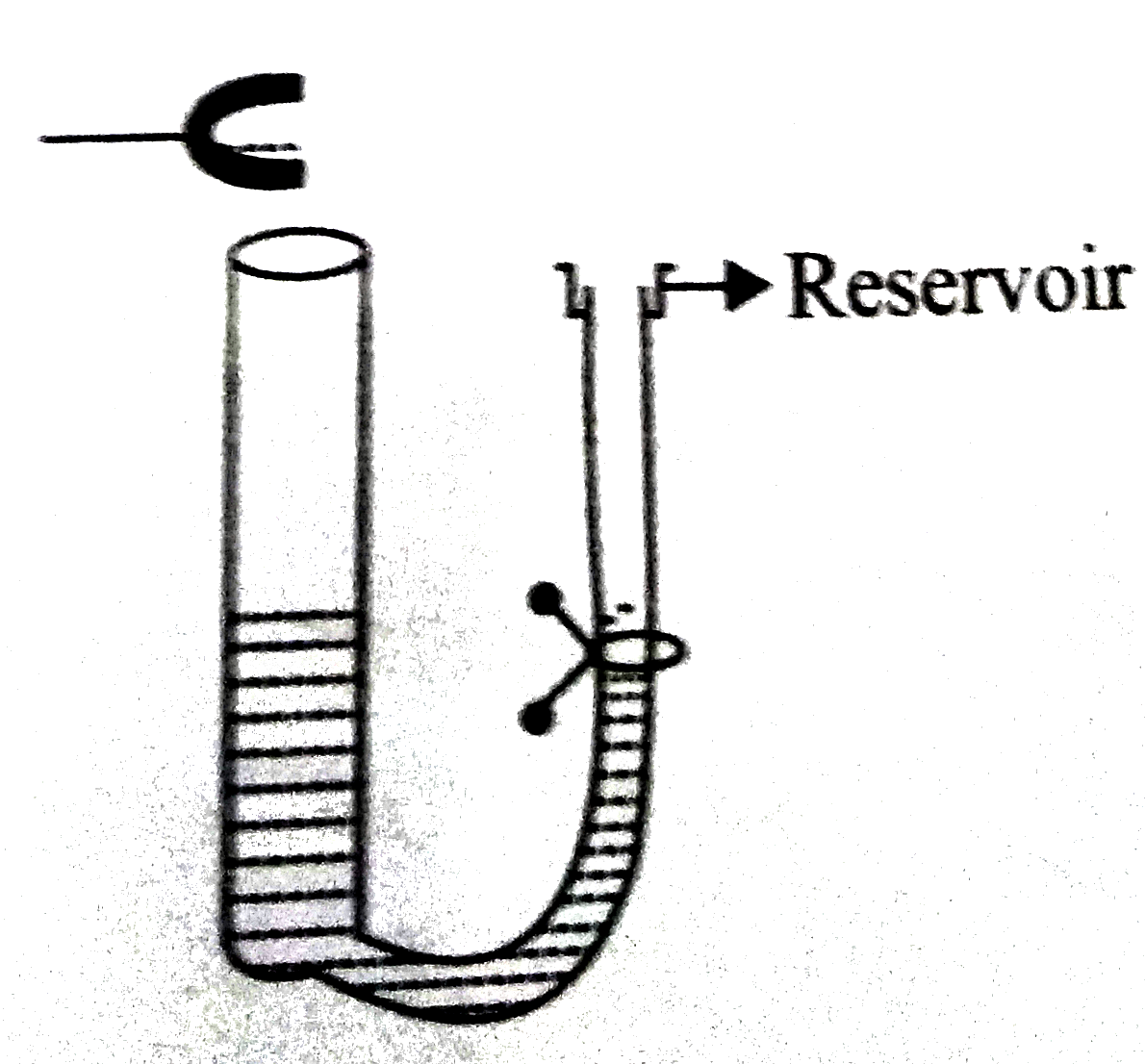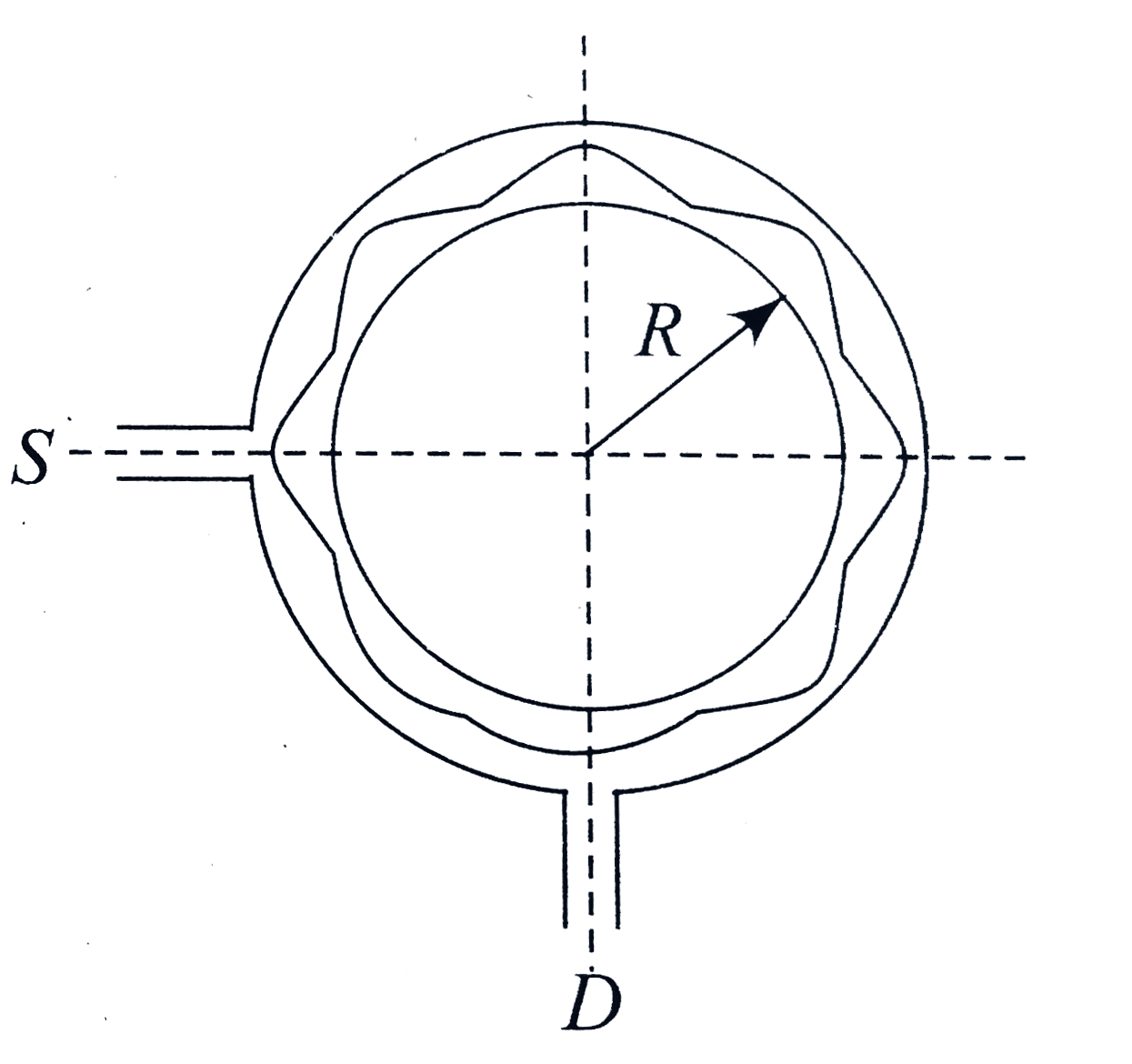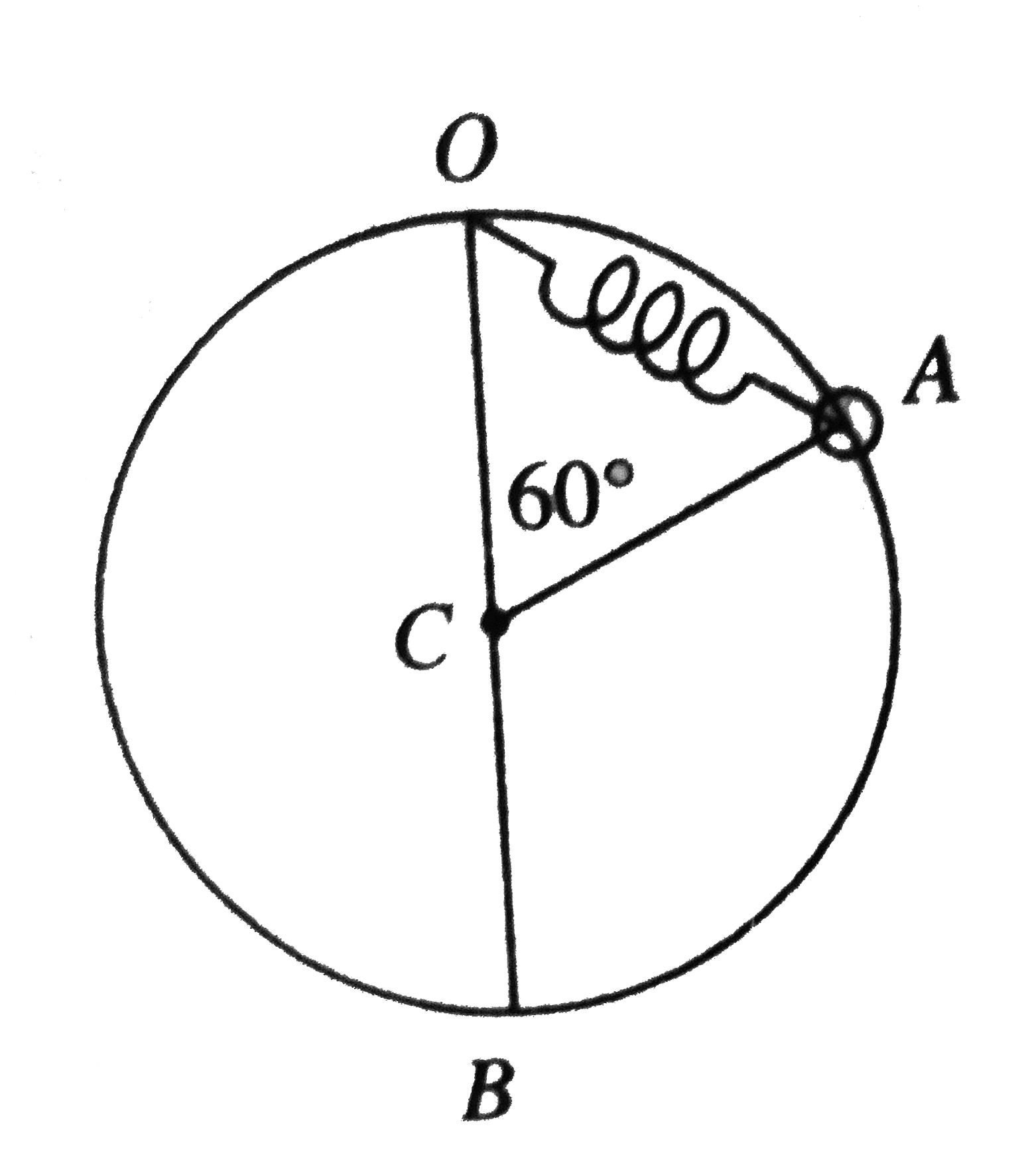In a closed tube whose length can be altered by sliding one of the halves relative to other is shown in the figure. In the initial condition the dector detects minimum intensity. One of the tubes is then displaced by 5 cm, during this displacement detector detects maximum intensity for 10 times and then a minimum intensity when the displacement is complete. what is the wavelength of sound?

(a)10/9 cm
(b)1 cm
(c)1/2 cm
(d)5/9 cm
The correct Answer is:B
Step by step video & image solution for In a closed tube whose length can be altered by sliding one of the halves relative to other is shown in the figure. In the initial condition the dector detects minimum intensity. One of the tubes is then displaced by 5 cm, during this displacement detector detects maximum intensity for 10 times and then a minimum intensity when the displacement is complete. what is the wavelength of sound? by Physics experts to help you in doubts & scoring excellent marks in Class 12 exams.
Updated on:21/07/2023Similar Questions
In an experiment related to interference , Quinck's tube was employed to determine the speed of sound in air. A tunning fork of frequency 1328Hz was used as the sounding source . Initially , the apparatus , yielded a maximum sound intensity . Later , when the slidable tube was drawn by a distance of 12.5cm, the intensity was found to be maximum for the first time . Determine the speed of sound in air .
View Solution
A source S emitting sound of 300 Hz is fixed of block A which is attached to free end of a spring SA as shown in the figure. The detector D fixed on block B attached to the free end of spring SB detects this sound.
The blocks A and B are simultaneously displaced towards each other through of 1.0 m and then left to vibrate. Find the maximum and minimum frequencies of sound detected by D if the vibrational frequency of each block is 2 Hz (velocity of sound is 340 m/s).
View Solution
Knowledge Check
A tuning fork vibrating with a frequency of 500 Hz is kept close to the open end of a tube filled with water, as shown in figure. The water level in the tube is gradually lowered When the water level is 17 cm below the open to open end, maximum intensity of sound is heard. If the room temperature is 20∘ C, the speed of sound in air at the temperature is
 A1. 330ms−1B2. 340ms−1C3. 350ms−1D4. 360ms−1
A1. 330ms−1B2. 340ms−1C3. 350ms−1D4. 360ms−1
A narrow tube is bent in the form of a circle of radius R, as shown in figure. Two small holes S and D are made in the tube at the position at right angle to each other. A source placed at S generates a wave of intensity I0 which two parts: one part travels along the longer path, while the other travels along the shorter path. Both the waves meet at point D where a detector is placed.

The maximum intensity produced at D is given by
View SolutionA narrow tube is bent in the form of a circle of radius R, as shown in figure. Two small holes S and D are made in the tube at the position at right angle to each other. A source placed at S generates a wave of intensity I0 which two parts: one part travels along the longer path, while the other travels along the shorter path. Both the waves meet at point D where a detector is placed.

2. If a minima is formed at the detector, then the magnitude of wavelength λ of the wave produced is given by
View SolutionA narrow tube is bent in the form of a circle of radius R, as shown in figure. Two small holes S and D are made in the tube at the position at right angle to each other. A source placed at S generates a wave of intensity I0 which two parts: one part travels along the longer path, while the other travels along the shorter path. Both the waves meet at point D where a detector is placed.

1. If a maxima if formed at a detector, then the magnitude of wavelength λ of the, wave produced is given by
View SolutionA narrow tube is bend in the form of a circle of radius R, as shown in the figure. Two small holes S and D are made in the tube at the positions right angle to each other. A source placed at S generated a wave of intensity I0 which is equally divided into two parts : One part travels along the longer path, while the other travels along the shorter path. Both the parts wave meet at the point D where a detector is placed.
_E01_102_Q01.png)
The maximum value of λ to produce a maxima at D is given by :-
View SolutionThe displacement of the medium in a sound wave is given by the equation y1=Acos(ax+bt) where A, aandb are positive constants. The wave is reflected by an obstacle situated at x=0. The intensity of the reflected wave is 0.64 times that of the incident wave.
(a) What are the wavelength and frequency of incident wave?
(b) Write the equation for the reflected wave.
( c ) In the resultant wave formed after reflection, find the maximum and minimum values of the particle speeds in the medium.
(d) Express the resultant wave as a superposition of a standing wave and a travelling wave. What are the positions of the antinodes of the standing wave ? What is the direction of propagation of travelling wave?
View SolutionTwo fixed identical metallic spheres A and B of radius R=50cm each are placed on a non-conducting plane at a very large distance from each other and they are connected by a coil of inductance L=9mH as shown in figure. One of the spheres (say A) is imparted an initial charge and the other is kept uncharged. The switch S is closed at t=0. After what minimum time t does the charge on the first sphere decrease to half of its initial value ?

View SolutionA particle of mass 5kg is free to slide on a smooth ring of radius r=20cm fixed in a vertical plane. The particle is attached to one end of a spring whose other end is fixed to the top point O of the ring. Initially, the particle is at rest at a point A of the ring such that ∠OCA=60∘, C being the centre of the ring. The natural length of the spring is also equal to r=20cm. After the particle is released and slides down the ring, the contact force between the particle and the ring becomes zero when it reaches the lowest position B. Determine the force constant (in×102Nm−1) of the spring.

View Solution
